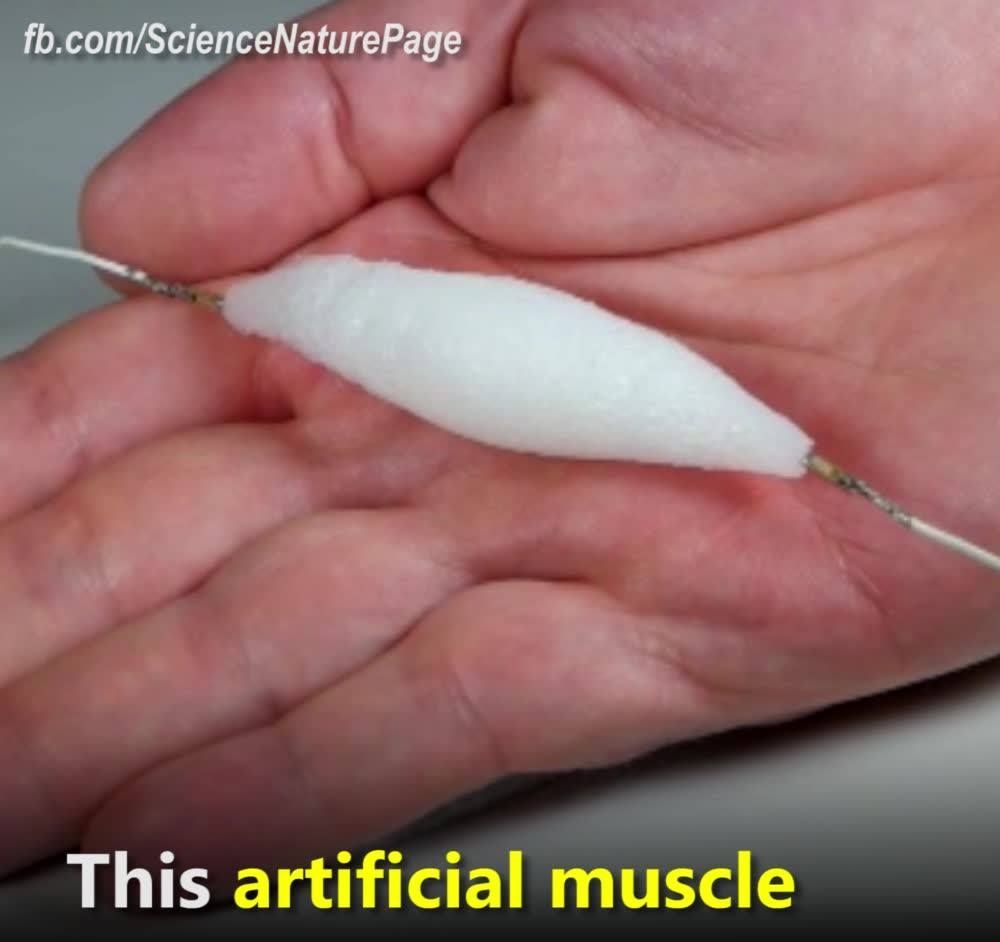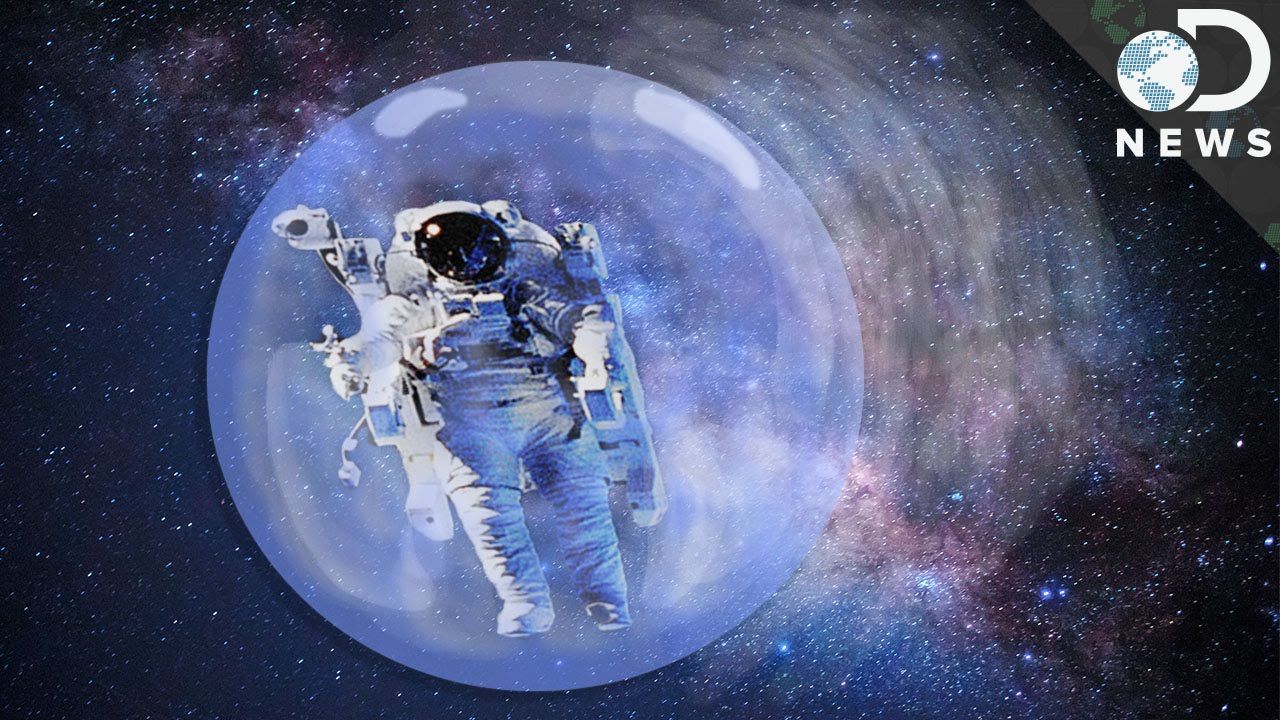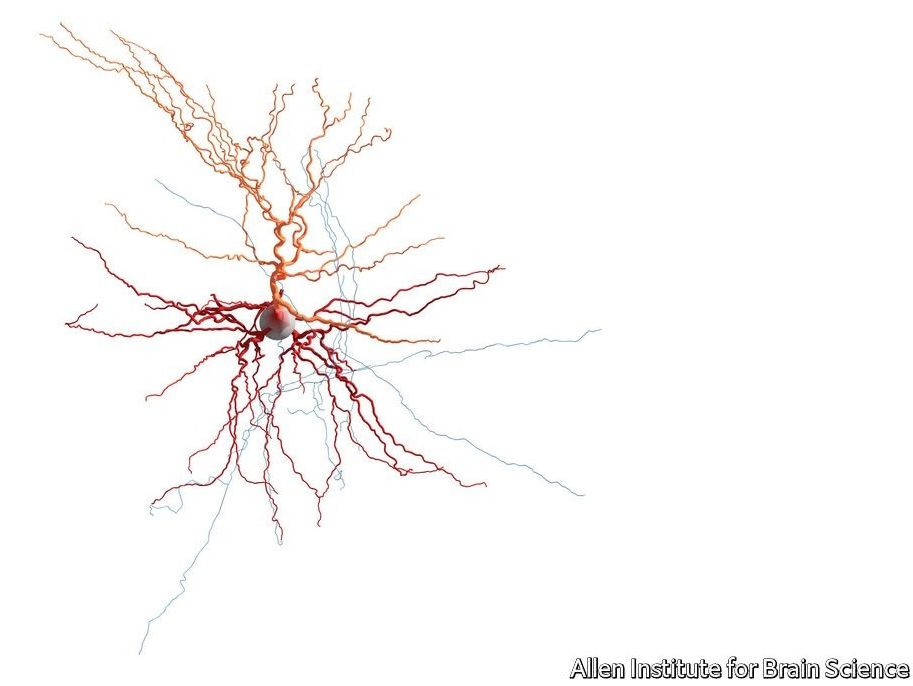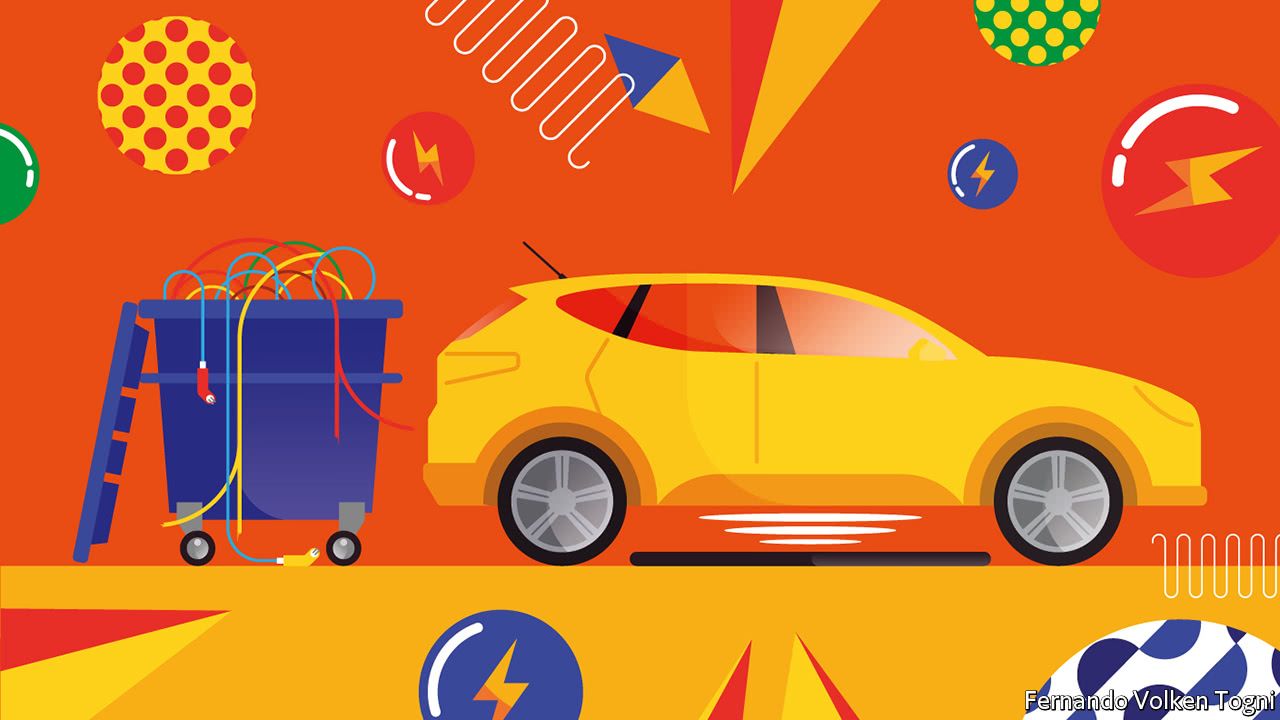Page 9158
Oct 29, 2017
How quantum materials may soon make Star Trek technology reality
Posted by Klaus Baldauf in categories: materials, quantum physics
Oct 29, 2017
Nanobots will live in our brains in the 2030s, says Google boss
Posted by Klaus Baldauf in categories: engineering, mobile phones, nanotechnology, Ray Kurzweil, robotics/AI, wearables
Ray Kurzweil is director of engineering at Google but he is better known for writing best-selling books outlining the future of artificial intelligence.
He has made 147 predictions on the future of technology including the ubiquity of wearable devices and the move from desktops and laptops to smartphones and tablets. In fact, his prediction rate has been rated 86 per cent accurate.
With this in mind, fans were excited to see Kurzweil answer their questions in a live streaming interview session last week where he elaborated on his predictions.
Continue reading “Nanobots will live in our brains in the 2030s, says Google boss” »
Oct 28, 2017
Seawater desalination will quench the thirst of a parched planet
Posted by Shailesh Prasad in categories: climatology, sustainability

Humanity has sought to make the Earth’s oceans potable for thousands of years. The Norse tale of Utgarda-Loki tells of Odin being tricked into drinking from a horn connected to the sea, while Exodus 15:22–26 of the Bible likely describes Moses desalinating the water of Marah:
When they came to Marah, they could not drink the water of Marah because it was bitter; therefore it was named Marah. And the people grumbled against Moses, saying, “What shall we drink?” And he cried to the Lord, and the Lord showed him a log, and he threw it into the water, and the water became sweet.
Continue reading “Seawater desalination will quench the thirst of a parched planet” »
Oct 28, 2017
Nissan’s EVs will swap engine noises for ‘song’
Posted by Shailesh Prasad in categories: futurism, transportation
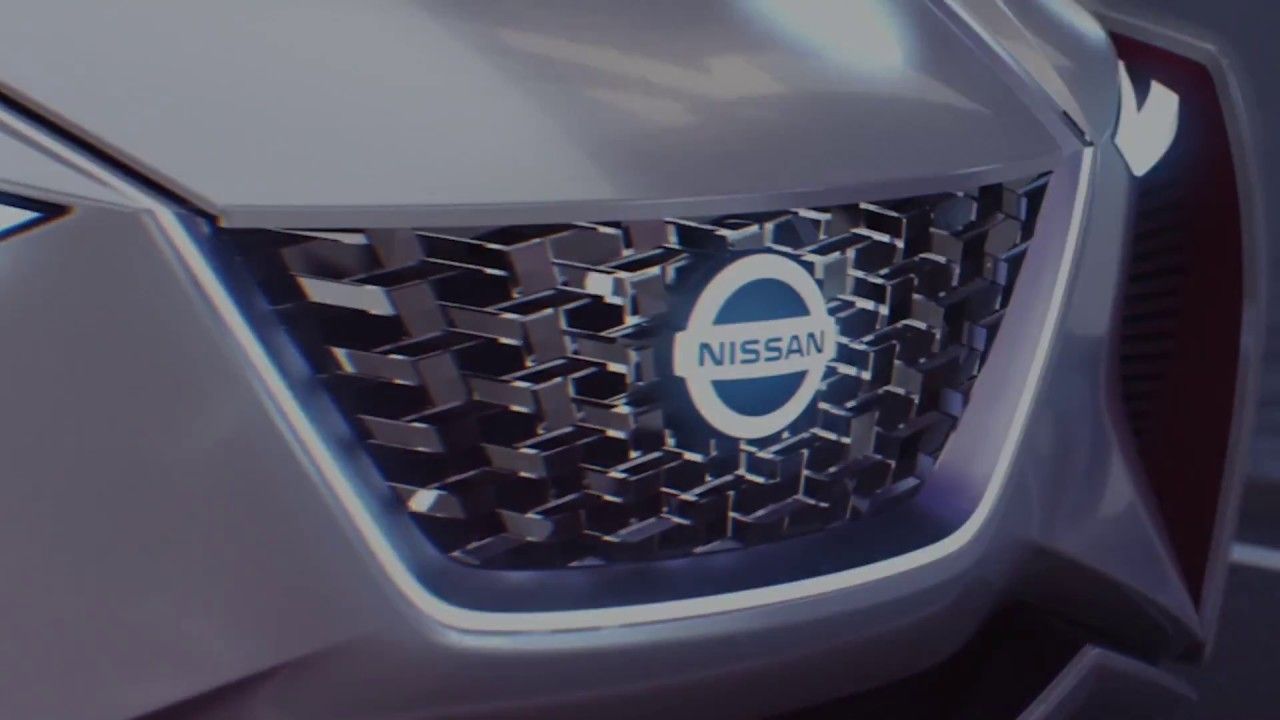
The US Department of Transport (DoT) recently decreed that all hybrid and electric vehicles must make a noise to protect pedestrians, especially folks who are blind or have limited vision. Rather than just saying, “okay, we’re adding a noise to our EVs, you guys,” Nissan made a big production about releasing its “song,” even giving it a name. “‘Canto’ has been developed to help with pedestrian safety, as well as to provide … a sound that is energizing and confident,” the company said in a press release.
The sound changes tone and pitch when the vehicle speeds up and slows down, and is activated at speeds of around 12 to 19 mph. In the US, the standard is 30 km/h (19 mph), a rule the DoT said “will help prevent about 2,400 pedestrian injuries each year once all hybrids [sold in the US] are properly equipped.” Nissan says its own sound is also made to “enrich the aural environment of a typical city street” and be clearly audible, but not disturbing to city residents or vehicle occupants.
Continue reading “Nissan’s EVs will swap engine noises for ‘song’” »
Oct 28, 2017
3D printer that turns nano-cellulose into nutritious meals could be part of your kitchen in 5 years
Posted by Shailesh Prasad in categories: 3D printing, food, nanotechnology
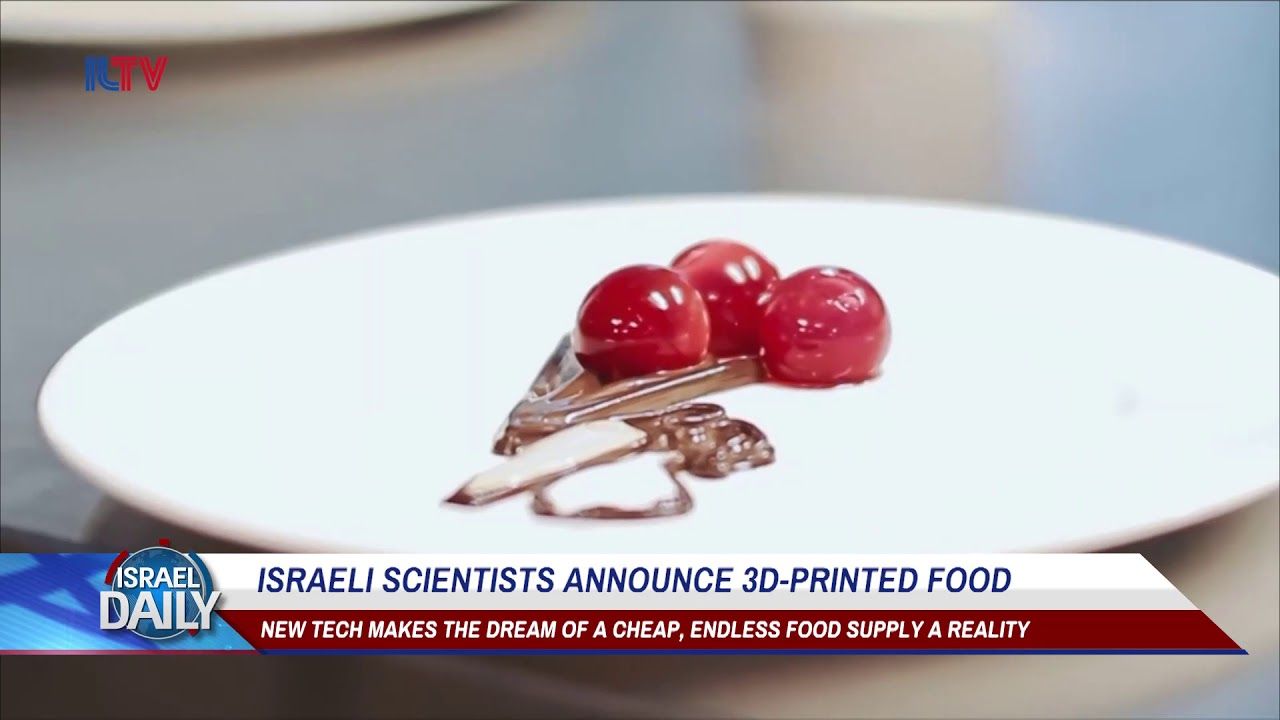
Two researchers at the Hebrew University of Jerusalem claim to have developed food 3D printing technology capable of printing entire meals from nano-cellulose, a naturally occurring fiber that contains no calories.
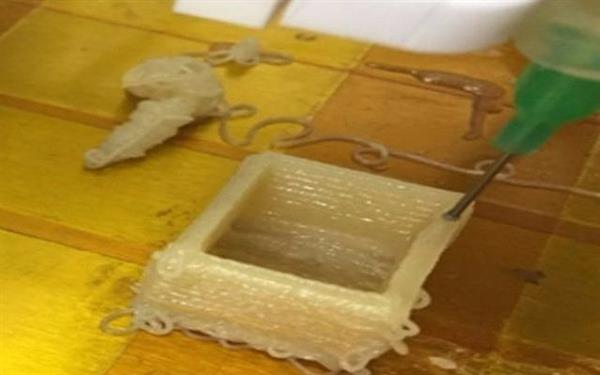
Oct 28, 2017
The first data from a repository of living human brain cells
Posted by Dan Kummer in categories: biotech/medical, neuroscience, sustainability
PROFITABLY recycling waste is always a good idea. And the Allen Institute for Brain Science, in Seattle, has found a way to recycle what is perhaps the most valuable waste of all—living human brain tissue. Understandably, few people are willing to donate parts of their brains to science while they are still alive. But, by collaborating with seven local neurosurgeons, the institute’s chief scientist, Christof Koch, and his colleagues, have managed to round up specimens of healthy tissue removed by those surgeons in order to get to unhealthy parts beyond them, which needed surgical ministration. Normally, such tissue would be disposed of as waste. Instead, Dr Koch is making good use of it.
The repository the cells from these samples end up in is a part of a wider project, the Allen Cell Types Database. The first data from the newly collected human brain cells were released on October 25th. The Allen database, which is open for anyone to search, thus now includes information on the shape, electrical activity and gene activity of individual human neurons. The electrical data are from 300 live neurons of various types, taken from 36 people. The shapes (see picture for example) are from 100 of these neurons. The gene-expression data come from 16,000 neurons, though those cells are post-mortem samples.
The human brain is the most complex object in the known universe. Because it is more complicated than animal brains in ways that (say) human livers are not more complicated than animal livers, using animal brains as analogues of human ones is never going to be satisfactory. Dr Koch’s new database may therefore help explain what is special about human brains. That will assist understanding of brain diseases and disorders. It may also shed light on one of his particular interests, the nature of consciousness.
Continue reading “The first data from a repository of living human brain cells” »
Oct 28, 2017
Could drone that can deliver cargo to islets in South China Sea secure presence in disputed waters?
Posted by Dan Kummer in categories: drones, military, robotics/AI
China has carried out a test flight of an unmanned aerial vehicle, or drone, that could provide rapid cargo delivery to remote islets in the South China Sea without airstrips, in Beijing’s latest move to secure its presence in the disputed waters.
The drone – built from a modified low-cost fixed-wing plane – can carry 1.5 tonnes of cargo and land on a runway of just 200 metres, according to the Institute of Engineering Thermophysics at the Chinese Academy of Sciences in Beijing, which led the project.
It can also use a dirt track or grass field for take off and landing at military facilities that do not have an airfield, the institute said on its website on Friday.
Oct 28, 2017
It is now practical to refuel electric vehicles through thin air
Posted by Dan Kummer in categories: sustainability, transportation
A WISE driver keeps an eye on the fuel gauge, to make timely stops at filling stations. For drivers of electric cars, though, those stations are few and far between. The infrastructure needed for refilling batteries has yet to be developed, and the technology which that infrastructure will use is still up for grabs. Most electric cars are fitted with plugs. But plugs and their associated cables and charging points bring problems. The cables are trip hazards. The charging points add to street clutter. And the copper wire involved is an invitation to thieves. Many engineers would therefore like to develop a second way of charging electric vehicles—one that is wireless and can thus be buried underground.
Electrical induction, the underlying principle behind wireless charging, was discovered by Michael Faraday in 1831, and is widely used in things such as electric motors and generators. Faraday observed that moving a conductor through a magnetic field induced a current in that conductor. Subsequent investigations showed that this also works if the conductor is stationary and the magnetic field is moving. Since electric currents generate magnetic fields, and if the current alternates so does the field, an alternating current creates a field that is continuously moving. This means that running such a current through a conductor will induce a similar current in another, nearby, conductor. That induced current can then be used for whatever purpose an engineer chooses.
